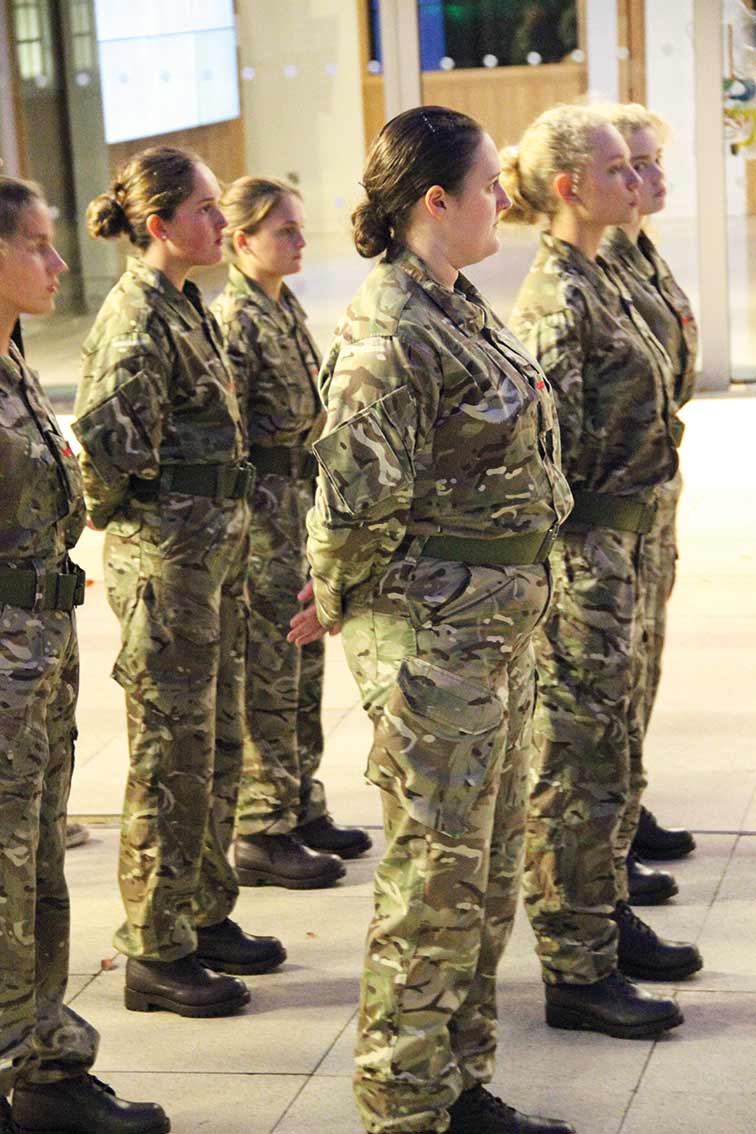This is what Benenden School Headmistress Samantha Price believes. In her regular column for the Times, she explains more about this line of thinking – and how it will benefit students in the future
As school leaders, we are frequently told that the pace of technological change is such that the children in our care will be performing jobs that haven’t been invented yet. In some respects, this means schools are working blind, trying to equip young people for jobs we can only imagine.
Yet there is no cause for concern. Schools need to be – and on the whole already are – preparing pupils for these future jobs as best we can; by giving them the foundations for life of a strong education, and by providing all the myriad opportunities schools offer, so they can hopefully discover a passion they wish to pursue.
However, there is something else schools need to be doing: Encouraging pupils to be creative.
Creativity was a key theme of the recent Headmasters’ and Headmistresses’ Conference (HMC). Whatever today’s generation end up doing, they will need this skill. Machines cannot be creative. They help humans to be more creative, but the spark of creativity will always come from people.
To thrive in any walk of life, people need to be imaginative. They need to generate new ideas, look at things differently and try new things. That is something that will not change because of advances in technology.
This capacity for creativity should be harnessed at schools. True creativity stems from sound depth of knowledge. With the knowledge secure, the mind is then free to use this in an innovative and creative way; whether it be in Maths, Science, Art, History or English, the principle remains the same.
Creative thinkers are tomorrow’s innovators and it is our responsibility to give young people the freedom to use their knowledge, to try new things and to be creative. If the role of a school is to prepare young people for life, then creativity must be a key part of their education.
The constant technological evolution is also influencing a changing employment landscape.
Entrepreneurship is increasingly being favoured by young people instead of pursuing the traditional route of university followed by a career in a traditional profession in one or two firms or places of work for the duration. Today, graduates increasingly want to take a different path where they can be creative: Turn their ideas into businesses, make a difference and be the masters of their time through flexible working hours.
This is creativity in action, and schools need to be the harvesting ground for these future entrepreneurs. We should be encouraging them to start their own businesses while at school, to have ventures that fail, to learn from their experiences and to grow. Creativity may well become the most vital skill a school can teach.








